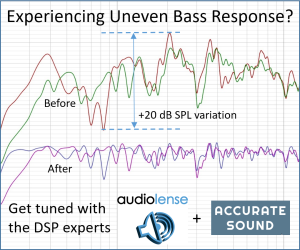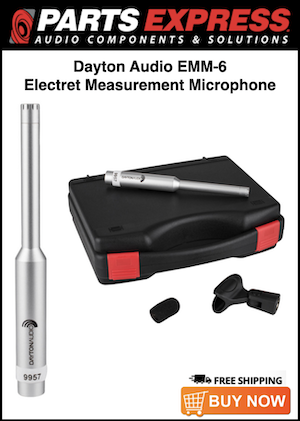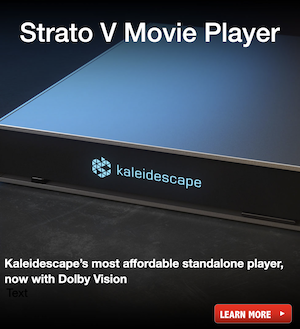My target varies somewhat in the bass, depending on the capacity below 100 Hz. So I customize the roundoff and how low it goes. A rounded version of the speakers’s low frequency capacity is what I aim for. From somewhere around 100 Hz to 20 kHz I have a straight line that falls around 4 dB. Less fall for high spl and more for lower. 2-6 dB is where I find my sweet spots. But this only works with a perfectly calibrated microphone and for people who wants the same voicing as me.
This type of «straight line» target tends to eliminate the sound of «sound reinforcement», so it sounds more acoustic. If you want your system to sound more concert like … and I believe that goes for at least 60% of the Audiolense users … you need a shape with a bass lift and less drop through the midrange. It is more difficult to dial in such a target, so I recommend many iterations to find your sweet
I do not want to advocate my preference too strongly, because it is only MY preference and because I’ve experienced in the past that expressing my preferences too strongly tends to be wrongly associated with some innate sound quality of Audiolense. I want Audiolense to be perceived as a very flexible tool that enables each and everyone to voice their system to their own liking, and I am more pleased when the guys chase their own preferences instead of trying to like what I like.
It requires some effort to sort out your own preferences, but imo it’s a worthwhile and very rewarding exercise. Audiolense can deliver what you want, but finding out what you want can be quite a journey. And some times your preferences will change along the way.














